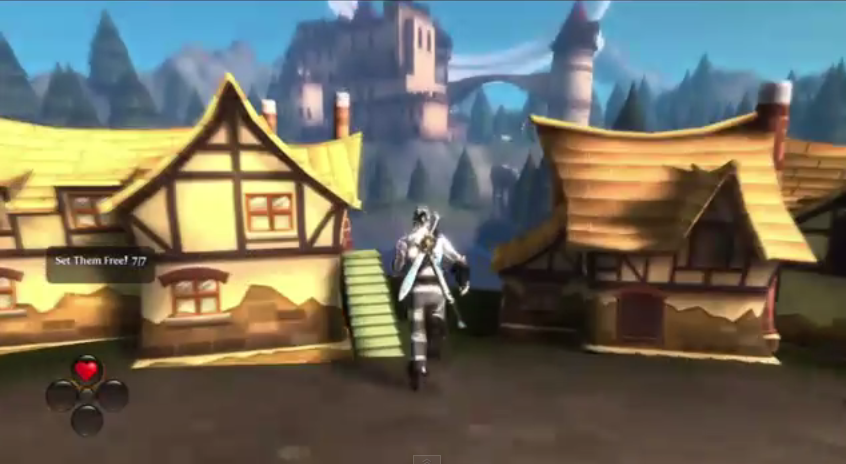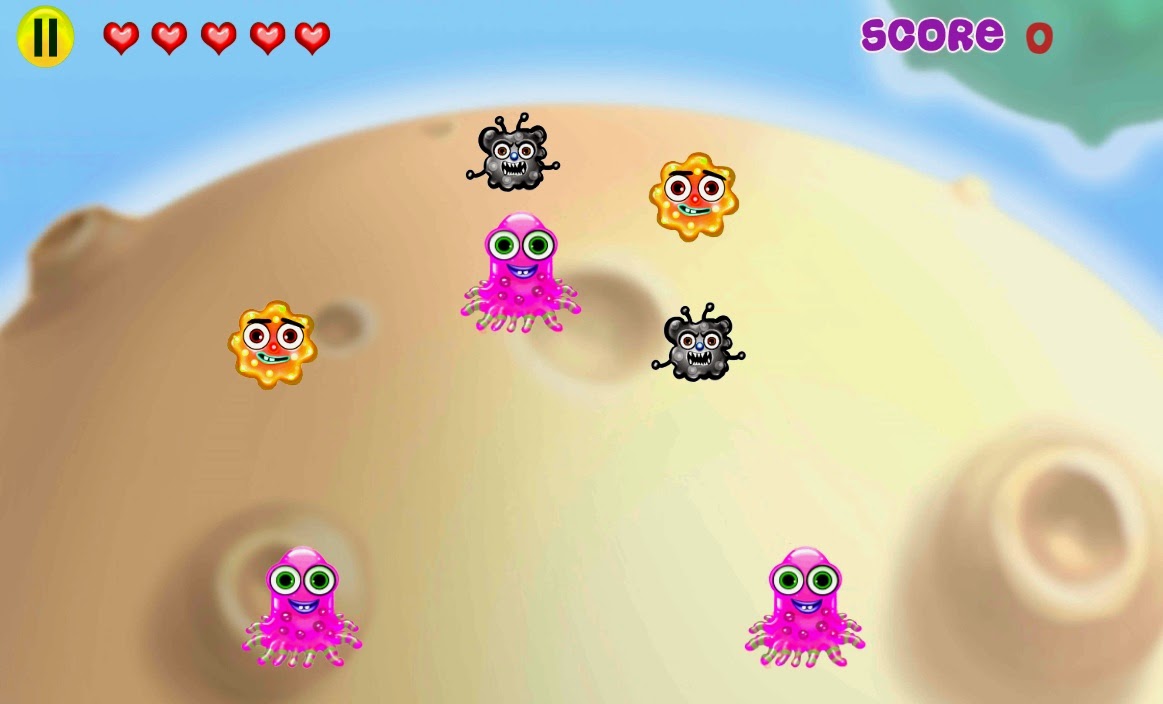Input the following pictures on the jugs to be taken to the corresponding level. Alternatively, read my review of this game here.
| Level | Password |
Beginner level | |
Your Basic DID | Coin, Helmet, Hydra, Lightning |
The Hero's Gauntlet | Hercules' Head, Medusa, Pegasus, Pegasus |
Centaur's Forest | Lightning, Coin, Lightning, Archer |
The Big Olive Part 1 | Archer, Gladiator, Hydra, Lightning |
The Big Olive Part 2 | Lightning, Minotaur, Medusa, Coin |
Hydra Canyon | Pegasus, Coin, Lightning, Archer |
Medusa's Lair | Nessus, Helmet, Gladiator, Lightning |
Cyclops Attack | Pegasus, Nessus, Nessus, Hydra |
Titan Flight | Pegasus, Pegasus, Helmet, Coin |
Medium level | |
Your Basic DID | Gladiator, Minotaur, Gladiator, Medusa |
The Hero's Gauntlet | Hydra, Medusa, Coin, Medusa |
Centaur's Forest | Nessus, Hercules' Head, Minotaur, Archer |
The Big Olive Part 1 | Nessus, Coin, Hydra, Hercules' Head |
The Big Olive Part 2 | Gladiator, Hydra, Archer, Gladiator |
Hydra Canyon | Coin, Helmet, Coin, Gladiator |
Medusa's Lair | Archer, Pegasus, Archer, Nessus |
Cyclops Attack | Helmet, Pegasus, Hercules' Head, Archer |
Titan Flight | Gladiator, Coin, Coin, Lightning |
Passageway Of Eternal Torment | Medusa, Gladiator, Nessus, Pegasus |
Vortex Of Souls | Gladiator, Lightning, Gladiator, Nessus |
View FMV sequences | Pegasus, Gladiator, Nessus, Gladiator |
Herculean level | |
Your Basic DID | Pegasus, Archer, Minotaur, Medusa |
The Hero's Gauntlet | Nessus, Hydra, Helmet, Lightning |
Centaur's Forest | Lightning, Minotaur, Gladiator, Gladiator |
The Big Olive Part 1 | Minotaur, Medusa, Hydra, Medusa |
The Big Olive Part 2 | Archer, Helmet, Archer, Coin |
Hydra Canyon | Medusa, gladiator, Pegasus, Coin |
Medusa's Lair | Hydra, Gladiator, Pegasus, Nessus |
Cyclops Attack | Helmet, Pegasus, Minotaur, Medusa |
Titan Flight | Hydra, Pegasus, Pegasus, Helmet |
Passageway Of Eternal Torment | Gladiator, Hercules' Head, Medusa, Coin |
Vortex Of Souls | Coin, Hydra, Minotaur, Gladiator |
View FMV sequences | Nessus, Medusa, Helmet, Hydra |



.png)
.png)
.png)
.png)

.png)


















